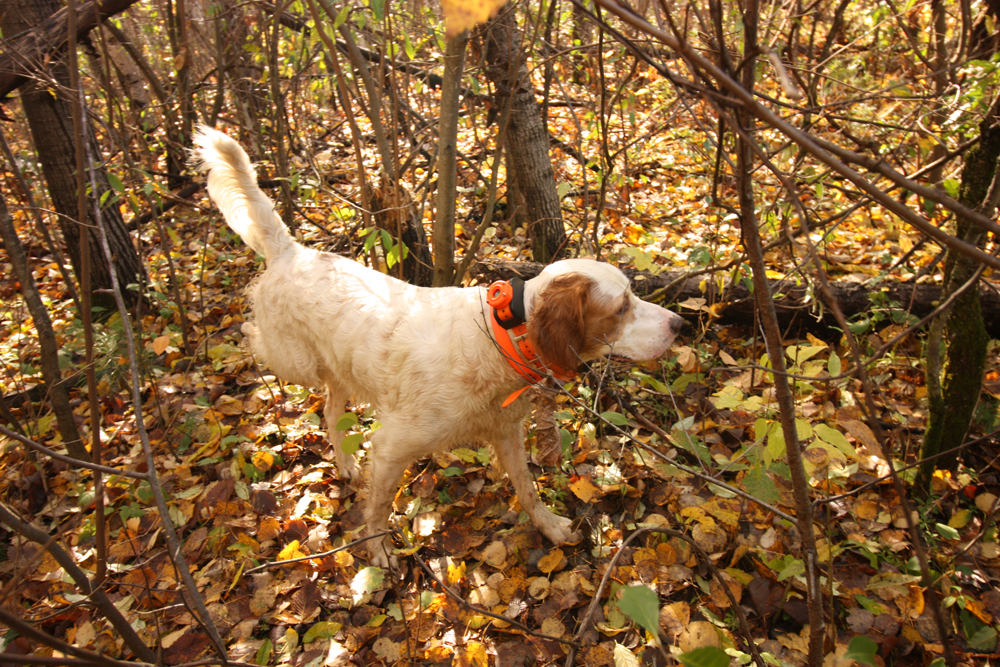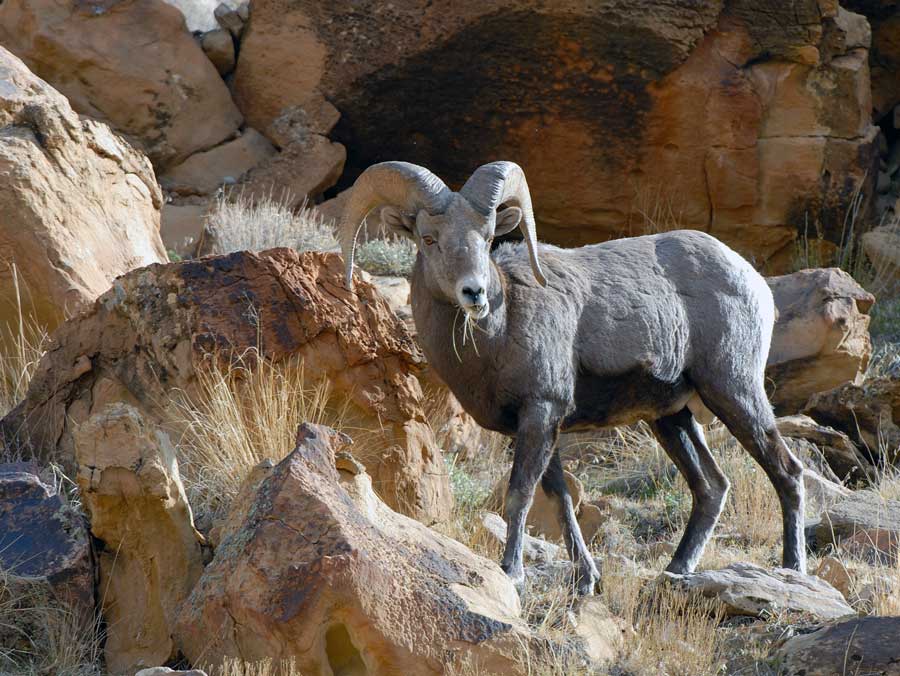That season the caribou seemed to show up in groups walking down the east side of Trail Creek at almost precisely eleven o’clock in the morning every day.
But the major southward migration was late and as usual, the first bands were composed primarily of cows, calves and young bulls. We were glassing from dozens to hundreds of animals daily, but not finding any suitable trophy bulls.
A tinge of anxiety was developing in our guest hunters.
In the midst of one morning movement of caribou I noticed an unusual rack. It appeared to be a wildly non-typical rack being carried by a young bull. The animal showed no beautiful white mane such as is carried by most mature bulls. More important, the body of the beast was that of a younger animal of perhaps two and a half years of age.
As the band of feeding herbivores slowly ambled its way closer to us, one of the Argentinians spotted the rack.
“Abnorme, abnorme!” he desperately whispered to me.
 Every German hunter I ever guided placed great value on non-typical, or as they say, “abnormal” racks of all species. Abnormalities, along with age, were of far greater desirability to German nimrods than were merely large sets of antlers. These Argentinians seemed to have similar values.
Every German hunter I ever guided placed great value on non-typical, or as they say, “abnormal” racks of all species. Abnormalities, along with age, were of far greater desirability to German nimrods than were merely large sets of antlers. These Argentinians seemed to have similar values.
“I don’t think so, my friend. I think it is a tangle of willow roots lodged in the antlers from the bull’s thrashing attempts to remove the velvet,” I replied.
My guest’s trigger finger was itchy and he had convinced himself that he was on the cusp of a once in a lifetime chance to collect a truly unique trophy. He would not easily be dissuaded from his dream.
He was encouraged to shoot by his two companions both of whom said if he did not take that monster, they certainly endeavor to do so. They had already worked out which would be the first to shoot if he declined the opportunity.
So, when the group of caribou arrived at a spot just below us on the hillside and less than one hundred yards from our well-hidden position, I told the shooter to wait until he had a shot at the animal when he was well clear of the others in the group.
At just the right moment he fired, and the bull went down.
The debris entangled in the bull’s antlers exactly matched the color of the animal’s real head gear.
The rest of the band of caribou struck off for points south. When we arrived at the fallen trophy, the group shook their heads in disappointment then looked at me and nodded in agreement. I had called it right.
The shooter was at first puzzled at his new prize, then crushed with disappointment, but he quickly bounced back with joviality. Soon everyone was laughing. My back was heartily slapped by all.
And we had some fresh meat of the highest quality.
When I began to butcher the beast, I asked if the hunter would have a shoulder mount prepared and I wondered if I should attempt to retain the brush and root material for the final display.
After several minutes of suggestions, contemplation and friendly cajoling, it was decided that the trophy would be prepared in the bleached skull and antler, or “European” style, and the extra antler paraphernalia could be either taken to the lodge to be use as kindling or, better yet, used in a fire to barbecue the steaks.
The guest suggested that I might consider spending some time training caribou to pack firewood for the lodge.

Jake Jacobson has served as dentist, fishing guide, hunting guide, pilot, boat skipper and fossil hunter over his 50 years in Alaska. Along the way, thanks to his detailed note taking, he’s recorded his adventures and misadventures in five books – Alaska Tales, Alaska Flying, Alaska Bears, Kodiak Alaska Deer, and Alaska Hunting. Each book has over 200 pages including photos. Buy Now




